Discover 9 Indian Landscapes Through Modernist Lens
India’s rich and diverse topography has served as inspiration for artists throughout time. With awe-inspiring sites and landforms ranging from...
Guest Profile 4 July 2024
27 November 2023 min Read
Dr. Ivona Tau, coming from Vilnius, Lithuania, is an A.I. artist specializing in generative techniques. She utilizes neural networks and coding as artistic mediums, focusing on experimental photography and motion painting. Her objective is to elicit emotions through the use of artificial intelligence tools. Using generative neural networks (GAN), she transforms her captured experiences from both analog and digital film into universally relatable memories.
Ivona Tau brings a fusion of arts and technology, having 15 years of expertise in both professional photography and A.I. research. Her achievements include winning the top prize in the Digital Ars 2020 competition for AI-generated art, securing the Computer Animation category award at the 2021 Computer Space International Computer Art Forum, and being honored as one of the TOP 10 Women in AI 2022 by the Women in Tech Foundation. Tau’s work has been showcased in prominent venues such as Art Basel Miami Beach, SCOPE, CAFA, Art Week Shenzhen, Vellum, Bitforms New York, Venus Over Manhattan, The House of Fine Art, Bright Moments Berlin, and Sotheby’s New York.
Agnieszka Cichocka: Today, I have the pleasure of speaking with Ivona Tau – an individual who has a diverse background in both art and science. Could you start by telling us a bit about yourself and your journey?
Ivona Tau: Sure, thank you for having me. My journey has been quite interesting and varied. I’ve always had a passion for art and started painting at a young age, influenced by my father who always wanted to be an artist. However, as I grew older, my interest expanded to the sciences, particularly mathematics, and its connection to the world. This eventually led me to explore the intersection of art and technology, ultimately delving into the realm of artificial intelligence and its creative applications.
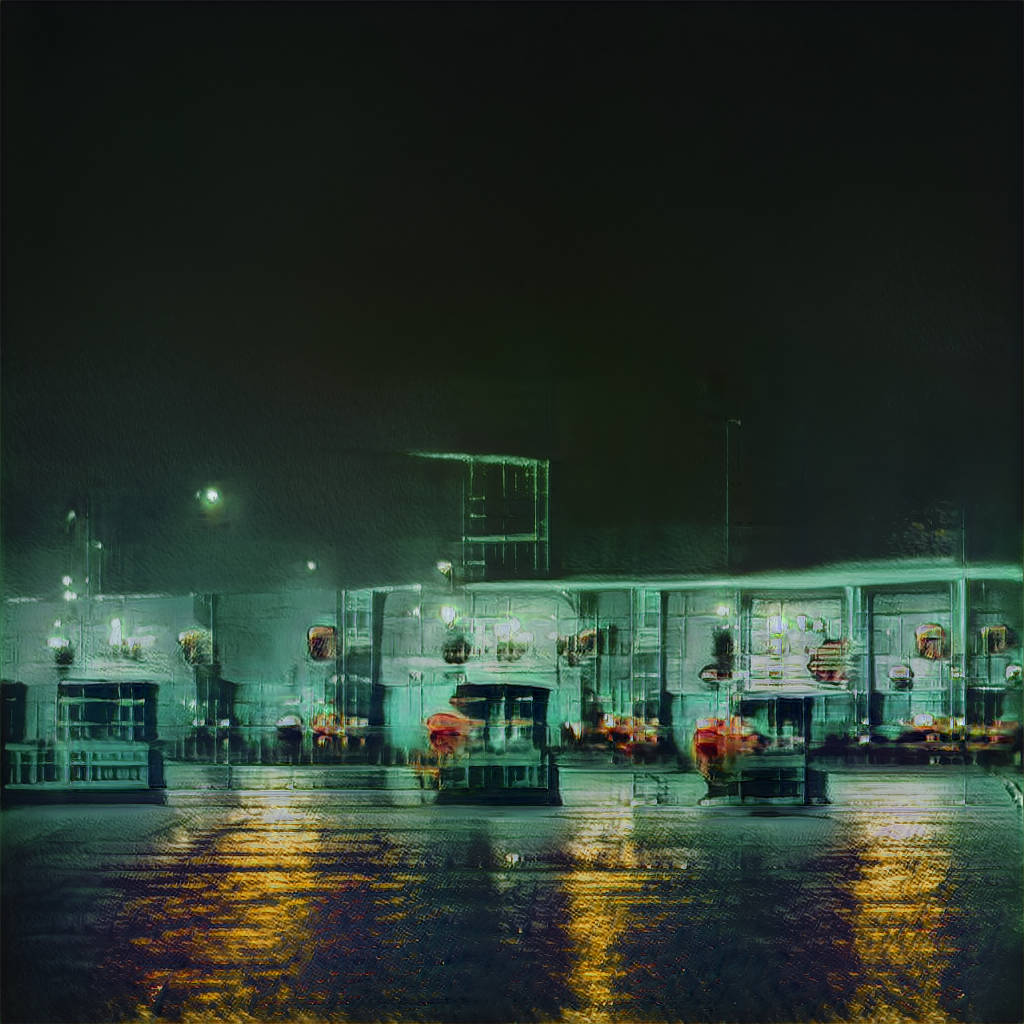
Ivona Tau, Decentralized Imagination, 2021. Courtesy of the artist.
AC: It sounds like a fascinating journey. How did your interest in art and science come together, especially in the context of photography and artificial intelligence?
IT: As I pursued my education, I found a deep interest in mathematics, astronomy, and the laws of physics. These subjects fascinated me and made me contemplate a future in a related field. Concurrently, my passion for art, especially photography, started to grow. My grandfather played a role in igniting this interest by introducing me to my first analog camera, triggering a love for analog photography. I found the unpredictability and collaboration with technology in analog photography intriguing. This laid the foundation for my exploration into using artificial intelligence in a similar collaborative manner.
AC: It’s amazing how diverse influences shaped your path. How did transition from photography to the integration of artificial intelligence in your creative process?
IT: My transition into integrating artificial intelligence began during my studies and subsequent professional work. I started exploring machine learning and computer vision, seeing the potential to enhance my creative endeavors. The idea of using algorithms to understand and process images, and even create visually captivating pieces, resonated with me deeply. Over time, as AI technologies evolved, I found ways to merge my passion for photography with AI, generating art that was visually stunning and often surprising.
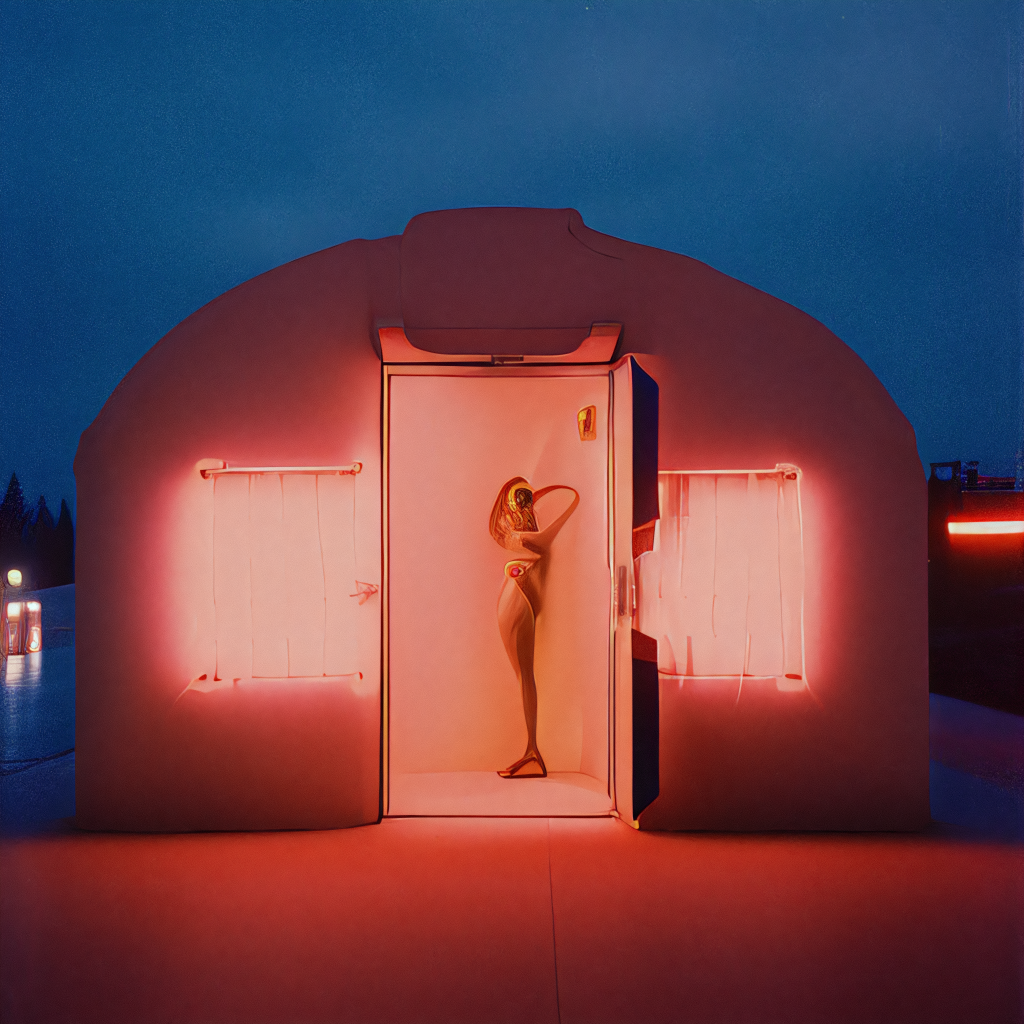
Ivona Tau, Demons of the Night, 2023. Courtesy of the artist.
AC: Your approach to using existing models and building upon them for new projects is extremely interesting. Could you share a project you’re particularly proud of?
IT: One of the projects that holds a special place for me is Forest Gods, inspired by pagan gods in Lithuania. It’s a multi-stage project where I started with forest photography. Each phase builds upon the previous one, showcasing my artistic progression and exploration of various themes. I find great satisfaction in evolving projects like this, showcasing the journey of both myself and the AI models I work with.
AC: Lastly, where do you draw inspiration from for your projects?
IT: My inspirations are drawn from diverse sources. My Lithuanian heritage and its ancient beliefs are a significant influence, connecting me to my roots. Additionally, I’m greatly inspired by experimental photography and Surrealism, finding artists who dabbled in chance processes and randomness particularly fascinating. Ultimately, my personal experiences and background are powerful wellsprings of inspiration that fuel my creative journey.
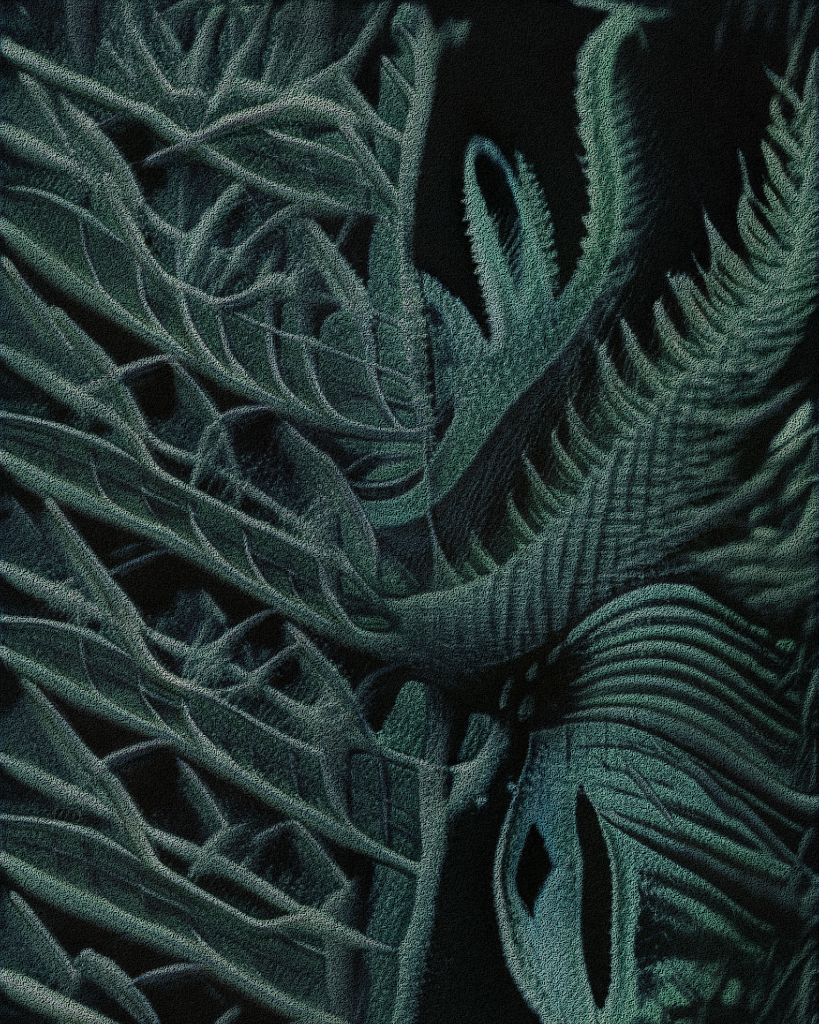
Ivona Tau, Nondescriptives, 2022. Courtesy of the artist.
AC: It’s fascinating how you delve into the intersection of technology and art. How do you navigate this intersection in your work and projects?
IT: The intersection of technology and art is a fundamental aspect of my work. I often draw from my extensive collection of photographs, which serves as an archive of images captured over a long period. These photographs indirectly embody various experiences from my life, which can serve as inspiration for my art. I contemplate how technology is evolving, especially in terms of tools and advancements. However, there’s also concern among artists about potential job displacement due to technology. I’m curious about how human-machine interactions will evolve and whether they will be hindrances or catalysts for creativity.
AC: How do you perceive the impact of technology on traditional art forms and the motivations and goals of artists?
IT: The advent of new technologies, including artificial intelligence, is bound to have a significant impact on traditional art forms. It’s as the emergence of photography affected painting. The pursuit of replicating reality is no longer the primary objective in art. It’s about exploring new motives, goals, and directions. Technology may change the motivations and objectives of various artistic domains, leading to the emergence of novel art movements inspired by the possibilities and limitations of technology. However, human values remain essential in this context.
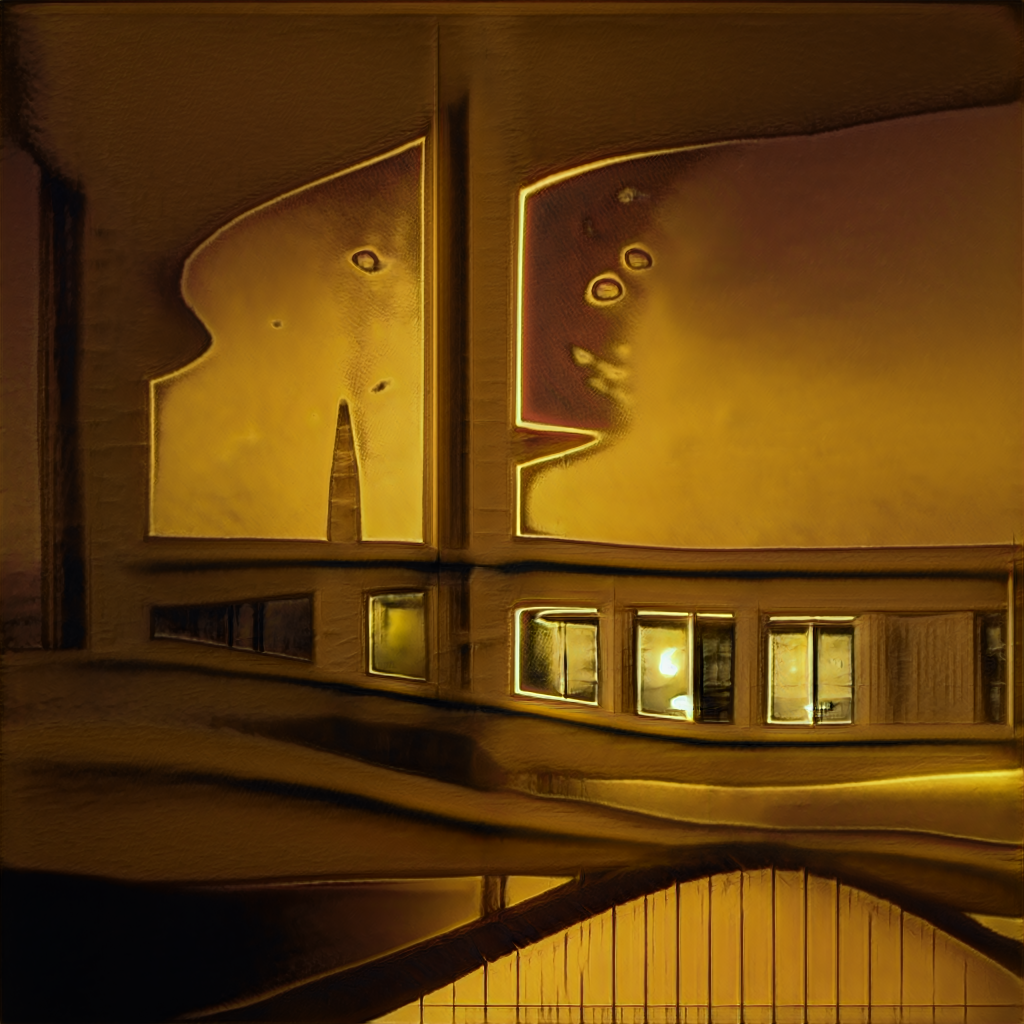
Ivona Tau, Cluster of Stillness, 2021. Courtesy of the artist.
AC: You mentioned the importance of human values in art. How do you see the role of personalization and individuality in art, particularly in the context of the potential capabilities of AI in generating art?
IT: Personalization and individuality remain paramount in art. AI can replicate emotions and create art that may appear genuine, but it lacks personal experiences and a unique history. Artists infuse their creations with their distinct perspectives, motivations, and emotions. While machines can simulate emotions, the true depth and authenticity of art come from human experiences and the personal touch that artists bring to their work. Artists act as a vital bridge between technology and genuine human expression.
AC: Could you walk me through your daily workflow and how you approach your projects?
IT: My workflow starts with defining an artistic question or theme I want to explore. For instance, I might explore how AI envisions the connection between our civilization and the organic world. Next, I consider the data needed for the project, whether it’s from my existing archives or newly captured specifically for the theme. I plan the data collection process, equipment, and lighting conditions accordingly. Once I have the data, I choose an architecture and set parameters for the model. The dialogue with the AI model begins, refining it iteratively based on the desired outcomes. It’s a dynamic process involving adjustments to data, architecture, and learning duration to achieve the desired artistic representation.
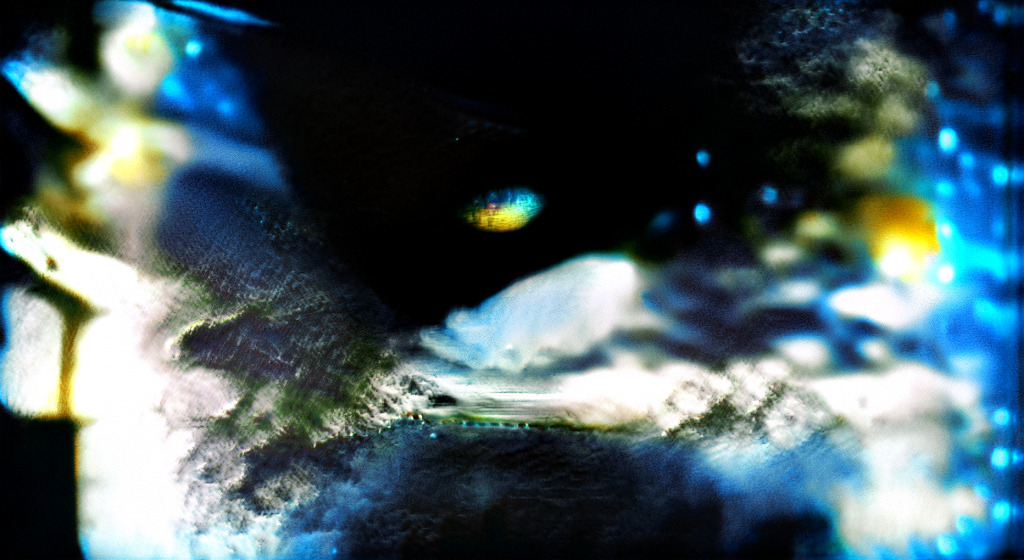
Ivona Tau, The Late Memories of the Algorithm, 2023. Courtesy of the artist.
AC: It’s evident that your creative process involves a dynamic interplay with AI models and data. How often are you surprised by the outcomes and how do you adapt to unexpected results?
IT: Surprises are a consistent element in my work. Despite training models extensively, the outcomes often differ from my expectations. AI’s interpretation of the data and the creation of visual representations are always somewhat unpredictable. This element of surprise is a vital aspect of my work, and I embrace it. It allows for novel and unforeseen combinations, challenging me to adapt and explore new artistic directions. The unpredictability of AI-generated art keeps the creative process exciting and rich in possibilities.
AC: Your work seems to encourage a deeper exploration of memories, perception, and consciousness. Could you share more about the messages and experiences you aim to convey through your art?
IT: In my art, I aim to provoke memories and experiences, particularly those that may have faded or been forgotten. I create a space for viewers to reinterpret and reexperience past moments through an abstract lens. The themes of memory, perception, and consciousness are central, urging viewers to reflect on their own unique perspectives and subjective interpretations. I find immense value in the stories and memories shared by viewers, as they validate the success of my work in evoking personal experiences and emotions.
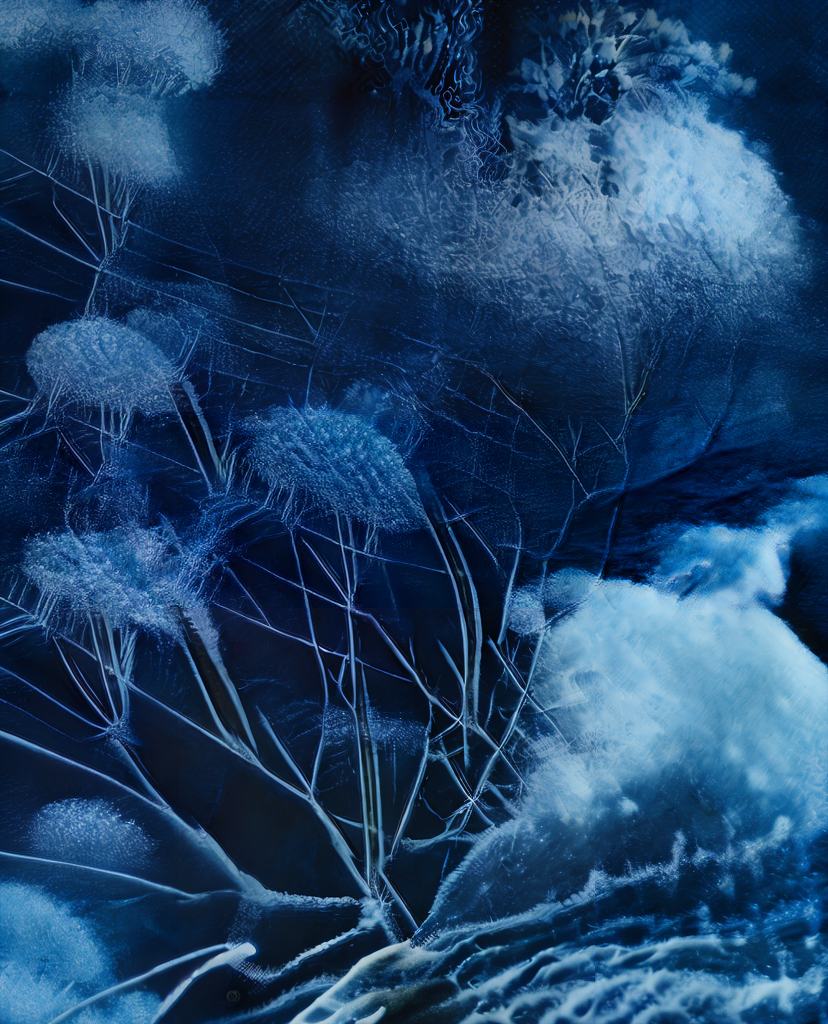
Ivona Tau, Time Still IV, 2022. Courtesy of the artist.
C: Your exploration of the interplay between civilization and nature is particularly timely given the current global concerns about climate change. How do you envision the future of art in relation to these pressing environmental issues?
IT: The environmental crisis is a critical concern that I’m addressing in my current projects. I aim to intertwine the themes of civilization and nature to provoke reflection on the environmental challenges we face. Art can serve as a catalyst for change, urging us to reevaluate our relationship with nature and drive action towards a sustainable future. I envision that art will increasingly be a powerful tool for raising awareness and promoting positive action to mitigate environmental issues and encourage a harmonious coexistence with nature.
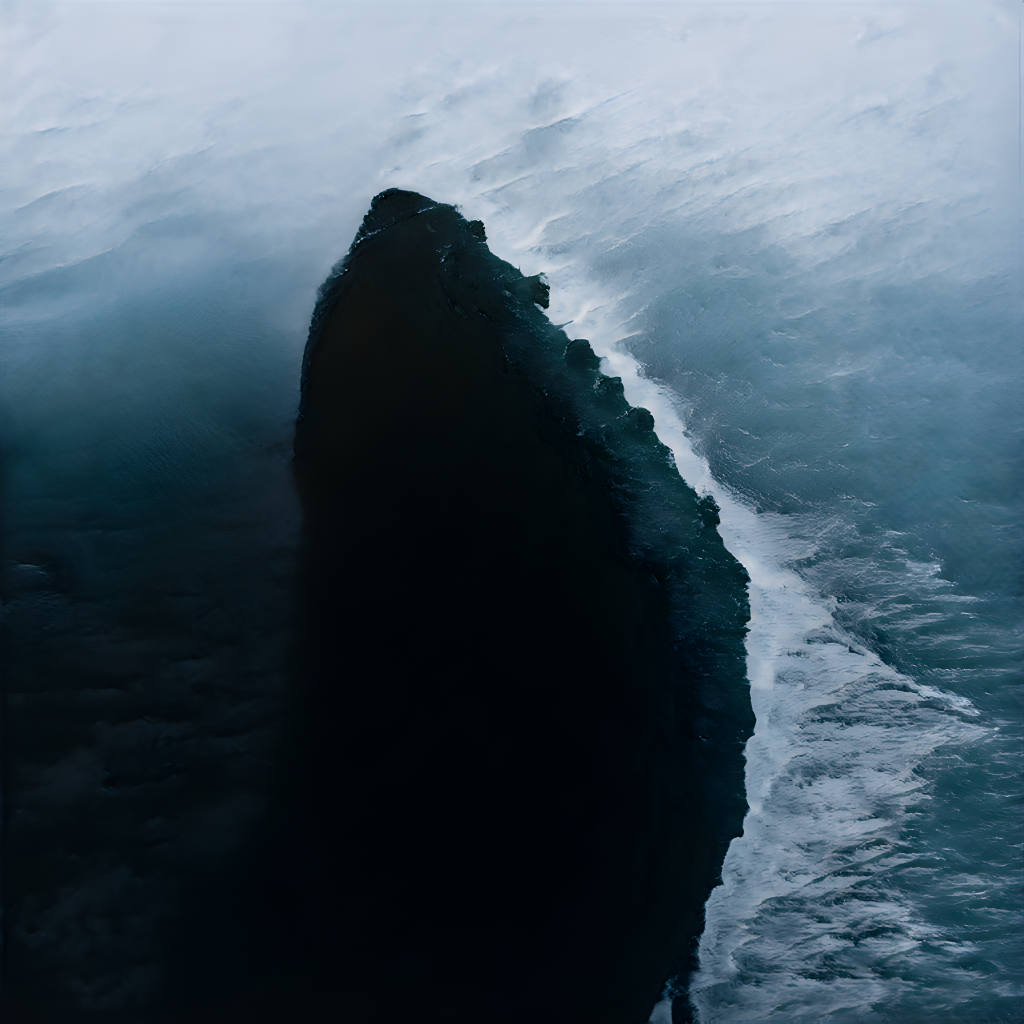
Ivona Tau, Under the Waves, 2022. Courtesy of the artist.
AC: Your insights into the future of art, technology, and environmental awareness are thought-provoking. Thank you for sharing your perspectives and experiences. Is there anything else you would like to add or express?
IT: Thank you for the engaging discussion. I believe that artists will continue to harness technology in innovative ways to create meaningful and impactful art. As we navigate this evolving landscape, it’s essential to embrace the potentials of technology while preserving the essence of human creativity and individual expression. The future holds exciting possibilities, and I look forward to exploring them through my work.
DailyArt Magazine needs your support. Every contribution, however big or small, is very valuable for our future. Thanks to it, we will be able to sustain and grow the Magazine. Thank you for your help!